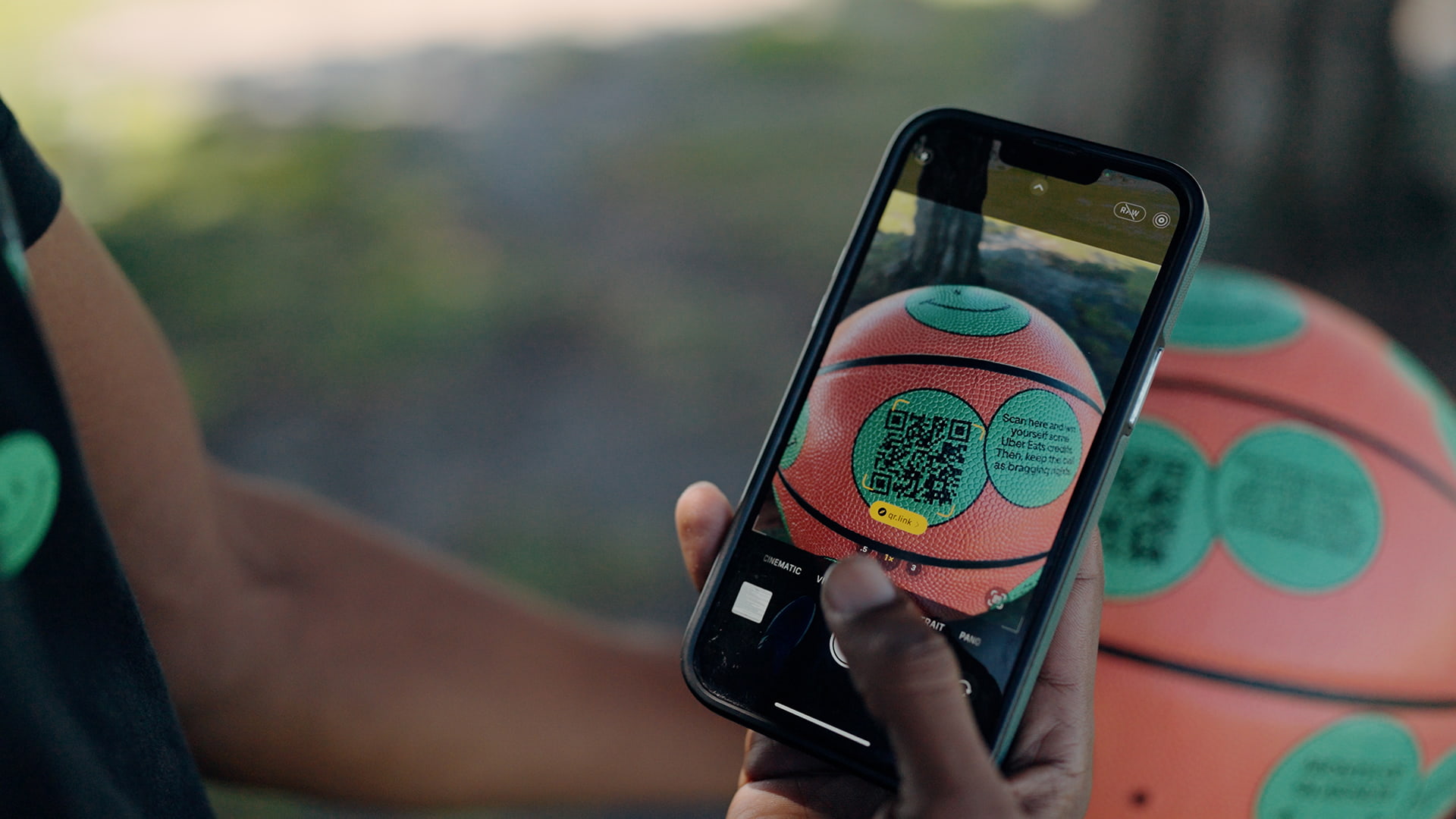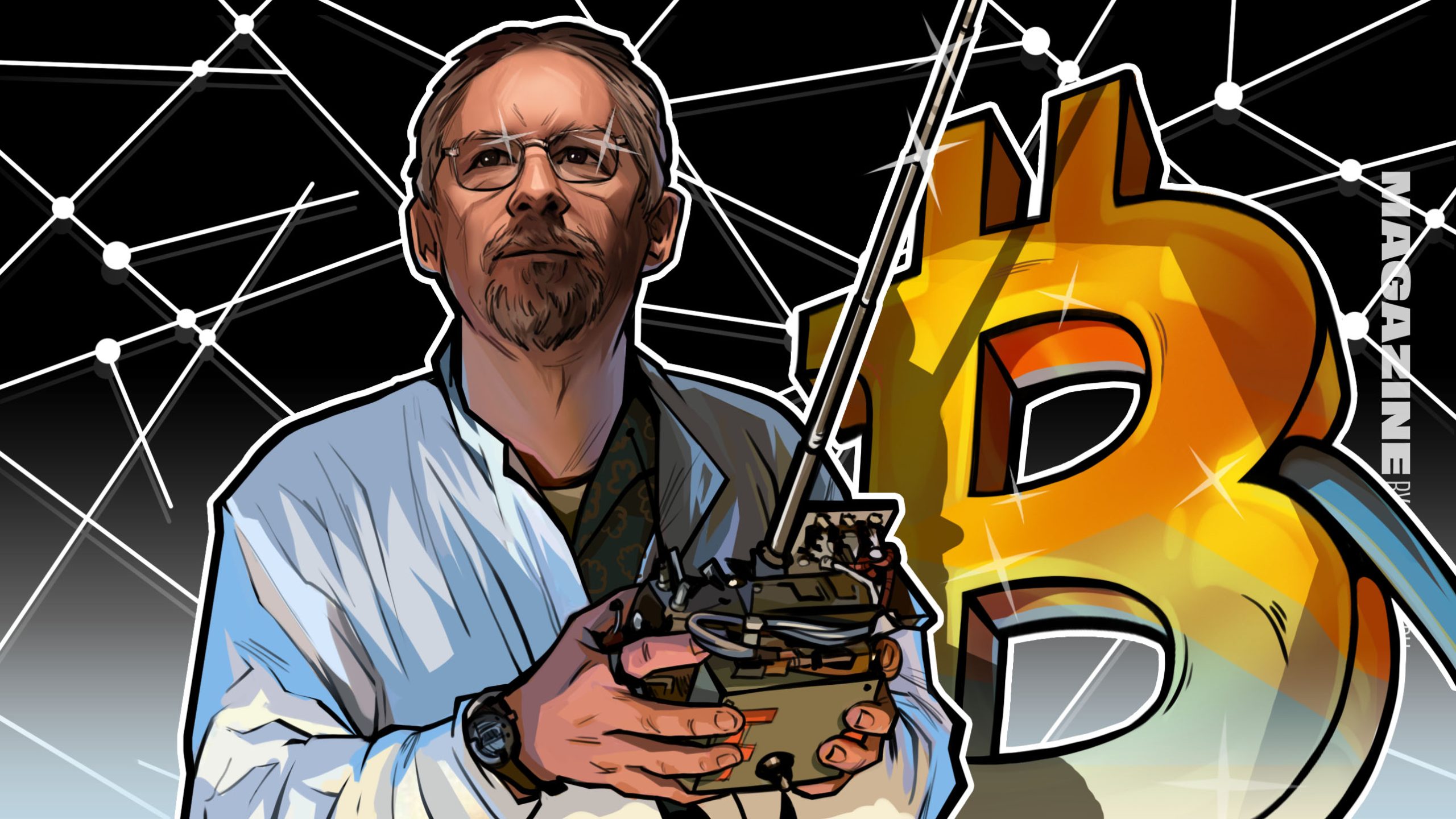Global companies are seeking ways to engage audiences with new mediums, leading to a spike in interest for virtual, augmented, mixed, and extended reality (VR/AR/MR) content. As enterprises leverage XR technologies, businesses worldwide are tapping novel tools to drive engagement and connect audiences to brands.
XR Today interviewed Matt Robison, Chief Executive and Founder, Robotproof, to discuss the future of the Metaverse and immersive advertising. We also explored how advertising and marketing can incubate XR use cases and drive engagement for global brands with immersive, captivating digital content.
Robison is the former head of Beats Products for Apple and a Cornell University graduate. He has also launched Borderless, a no-code suite of tools to deploy immersive experiences for small and large audiences.
XR Today: What has led to the founding of Robotproof? What are its ethos and motivations?
Matt Robison: My co-founders and I worked together in a client and agency partnership. I was at Apple, and they were at an experiential Dentsu agency.

We discovered the magic in collaborating on various programs where we always led with learning to create the most impactful work. However, our ambitions eventually outgrew the capabilities of the experiential-focused agency, and we knew we could do more for brands, leading us to create Robotproof.
We gave ourselves a name that constantly reminds us that we’re crafting experiences for humans, not robots — so, we’d also better not approach our work like robots, either. We’re focused on the human experience, both for the consumers we serve and ourselves, and how we build and manage our teams.
One of the core values of Robotproof is to be intentional and vigilant in our approach, striving to fulfill our promises. For instance, we intended Robotproof to function as a lab to identify unmet marketing, events, and retail needs and develop innovative solutions. This led to the creation of a new VR platform we’re working to roll out later this year, which is poised to transform how businesses strategize around and deploy VR.
XR Today: What makes the advertising and entertainment industries such a massive vertical for XR?
Matt Robison: XR is about bridging the digital and physical gap while creating immersive and engaging experiences. That’s exactly the current challenge for marketers and entertainers: how best to connect with audiences in this new fluid world.
XR technologies, such as virtual and augmented reality, allow brands and businesses to create memorable and interactive content that captures the audience’s attention and imagination.
A great example of how businesses can use XR technology to create unforgettable experiences is Robotproof’s work on the 2022 holiday collaboration between Uber Eats and Warner Bros’ Wizarding World. Uber Eats wanted to deliver a magical experience for Harry Potter fans to their doorsteps.

So, in partnership with the agency Special Group, we created a ‘holiday trunk’ filled with physical elements like cookies, gingerbread house pieces, decorations, sweet treats, and an amazing XR experience.
We pushed the boundaries of creative innovation by developing an AR application that was voice-activated, entirely offline, secure, and cost-effective, all while capturing the magical essence of the Harry Potter universe. This project exemplified our creative mantra: approach market challenges with cutting-edge technology to transform expected experiences into unforgettable memories.
XR Today: Could you offer some end-user insights on the efficacy of XR advertising compared to traditional methods?
Matt Robison: XR technologies like virtual and augmented reality are revolutionizing the way consumers engage with brands and products, offering unique, immersive experiences that are highly memorable. End-users are increasingly drawn to XR advertising due to its ability to create interactive and engaging experiences that can’t be replicated through traditional methods.
For example, VR can transport users into fully immersive environments to explore and interact with products, services, or brand stories more intimately and captivatingly. AR, conversely, allows users to seamlessly blend digital content with their physical surroundings, offering a more personalized and contextually relevant experience.
Moreover, XR technologies can also enhance learning experiences in various educational settings. Research has shown that experiencing something is one of the best ways to learn, and XR helps create them.
We have seen firsthand that clients, who embrace a combination of physical and digital, can lift sales from 20 percent in embattled categories to 1,000 percent in emerging spaces, boosting XR brand engagement.
XR Today: What is your specific definition of the Metaverse? Is it ‘dead’ as many publications see it? What have you learnt from it firsthand?
Matt Robison: Instead of defining the Metaverse narrowly as a digital world focused on web3, NFTs, and similar concepts, we should view it more broadly as immersive digital experiences that hold genuine significance for consumers in the physical world. It goes beyond mere headsets or specific devices, encompassing various digital platforms and technologies that blend our physical and virtual worlds.
While some publications may claim that the Metaverse is “dead,” I believe it is far from that. Instead, we are witnessing its early stages, with advancements in VR, AR, and other immersive technologies driving its growth. As these technologies continue to evolve and become more accessible, the Metaverse will undoubtedly become more prevalent and integrated into our daily lives.
From our firsthand experiences working with immersive technologies at Robotproof, we’ve learned that one key to unlocking potential in the Metaverse for brands is to begin with a well-defined business goal and a deep understanding of consumer insights. This approach ensures that brand engagement with XR creates meaningful and impactful experiences for their audience within the evolving digital landscape.
XR Today: What is your response to the wave of divestment and layoffs across big tech? Have these firms overinvested in the Metaverse?
Matt Robison: My perspective on the wave of divestment and layoffs across big tech is that it’s a natural part of the industry’s evolution, namely as companies recalibrate their focus and resources to align with changing market demands and consumer expectations.
Regarding the question of whether these firms have overinvested in the Metaverse, it’s crucial to recognize that the Metaverse is still in its early stages of development, and its full potential has yet to be realized.
Investments made by big tech companies have played a significant role in driving innovation and progress in the field. Some companies were too aggressive in their investments, leading to overextension, and it is because they allowed their ambitions for the consumer viability of the industry to outstrip the rate of innovation in the underlying technology.
The industry will continue to evolve, and companies should focus on retaining talent and adapting their strategies to stay ahead of the curve. As the technology becomes more accessible, affordable, and compelling, we can expect more widespread adoption of XR and the Metaverse, transforming how we experience entertainment, engage brands, and beyond.
XR Today: Have you got any insights on the upcoming Apple Reality headset? Will this significantly impact the XR market, or will the company face the same challenges as big tech?
Matt Robison: Apple has consistently demonstrated its ability to revolutionize industries and markets upon entering a new sector, as evidenced by the iPod’s impact on MP3 players, the iPad’s influence on tablets, the AirPods’ disruption in the headphone market, and the Apple Watch’s role in wearables.
Considering its past performance, it is reasonable to expect that Apple’s foray into any new market could have a transformative effect on that space. I’ve learned from Apple that they don’t simply aim to participate — they strive to reshape expectations and amass substantial profits.
Undoubtedly, Apple would encounter specific hurdles, such as meeting the public’s elevated expectations, which might be difficult due to the industry’s maturity. Nevertheless, it’s essential to recognize that the Apple Watch, although it took almost five years to attain the initially projected adoption rate, ultimately triumphed.
One of the most exciting aspects of Apple’s entry into a new market is the potential to create a new app developer marketplace. This could open opportunities for young, creative minds to develop innovative applications and ideas, much like what we’ve seen with the iPhone and iPad.
XR Today: Anything else you would like to add?
Matt Robison: I hope that any forthcoming surge in the popularity of XR does not lead to the same outcome we witnessed in the “Metaverse” last year, with brands hastily entering the arena without strategic purpose or comprehension.
This is the time for brands to engage, innovate and capitalize on the technology as early adopters, but it must be executed thoughtfully. Numerous companies will aim to profit from this trend, so brands must exercise caution when selecting partners.
Ultimately, they should ask themselves: what will XR do for our customers, how will it increase brand engagement, and is it authentic to enhancing their experience or understanding of our product or service?
If the answer cannot be easily and succinctly articulated, it is crucial to thoroughly question the motives and objectives for participating in this domain.
Read More: www.xrtoday.com









 Bitcoin
Bitcoin  Ethereum
Ethereum  Tether
Tether  XRP
XRP  Solana
Solana  USDC
USDC  Dogecoin
Dogecoin  Cardano
Cardano  TRON
TRON  Lido Staked Ether
Lido Staked Ether  Wrapped Bitcoin
Wrapped Bitcoin  Sui
Sui  Chainlink
Chainlink  Avalanche
Avalanche  Stellar
Stellar  Bitcoin Cash
Bitcoin Cash  LEO Token
LEO Token  Wrapped stETH
Wrapped stETH  USDS
USDS  Shiba Inu
Shiba Inu  Hedera
Hedera  Toncoin
Toncoin  Hyperliquid
Hyperliquid  Litecoin
Litecoin  Polkadot
Polkadot  WETH
WETH  Monero
Monero  Binance Bridged USDT (BNB Smart Chain)
Binance Bridged USDT (BNB Smart Chain)  Bitget Token
Bitget Token  Ethena USDe
Ethena USDe  Wrapped eETH
Wrapped eETH  Coinbase Wrapped BTC
Coinbase Wrapped BTC  Pi Network
Pi Network  WhiteBIT Coin
WhiteBIT Coin  Pepe
Pepe  Bittensor
Bittensor  Dai
Dai  sUSDS
sUSDS  Aptos
Aptos  Uniswap
Uniswap  OKB
OKB  NEAR Protocol
NEAR Protocol  Ondo
Ondo  BlackRock USD Institutional Digital Liquidity Fund
BlackRock USD Institutional Digital Liquidity Fund  Aave
Aave  Cronos
Cronos  Gate
Gate  Ethereum Classic
Ethereum Classic  Internet Computer
Internet Computer